
Jewish Museum Odesa
A poignant, intimate museum in a former communal apartment, preserving the memory of Odessa's vibrant Jewish community through personal artifacts.
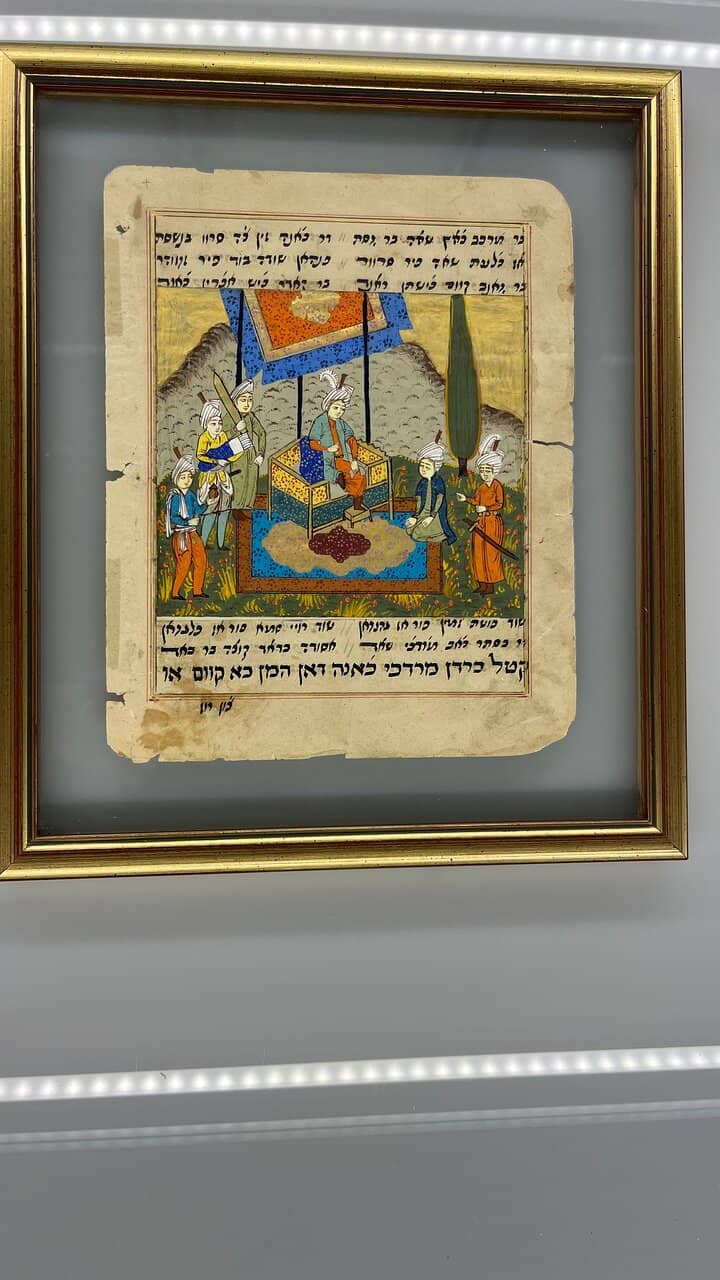
Highlights
Must-see attractions
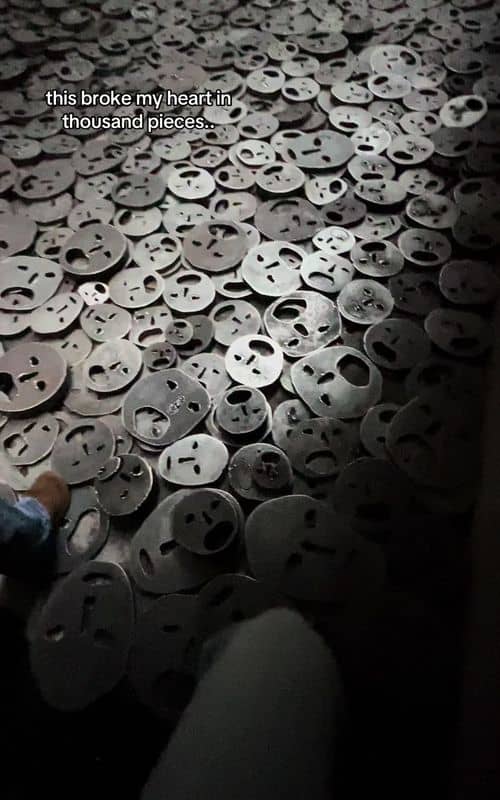
Social
From TikTok & Reddit
Best Time
Fewer crowds, more personal attention

Jewish Museum Odesa
Best Time
Fewer crowds, more personal attention

Highlights
Must-see attractions
A poignant, intimate museum in a former communal apartment, preserving the memory of Odessa's vibrant Jewish community through personal artifacts.
"Hard to find, but worth the search for its moving exhibits on Jewish life in Odessa."
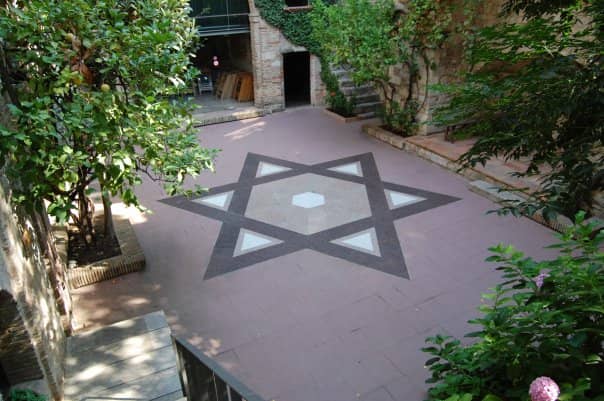
🎯 Look for the Small Sign
The entrance is tricky! Seek a small sign on a door jamb, often only visible from the right approach. :round_pushpin:
💰 Support with Donations
Entrance is often by donation (suggested 100 UAH). Your contribution keeps this vital museum running. :moneybag:
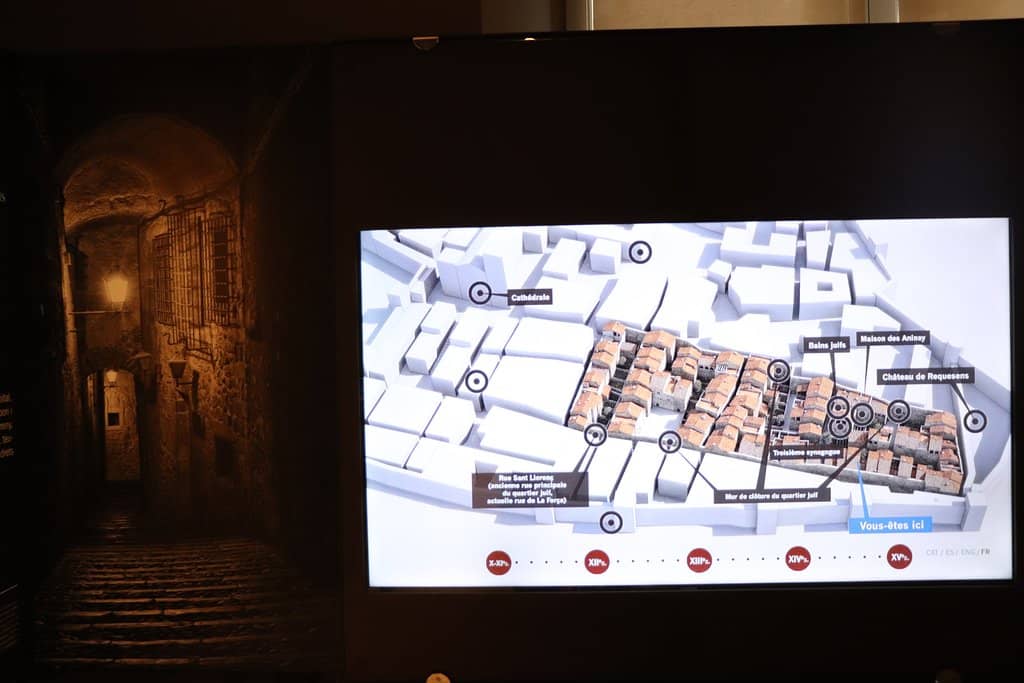
Highlights
Discover the most iconic attractions and experiences
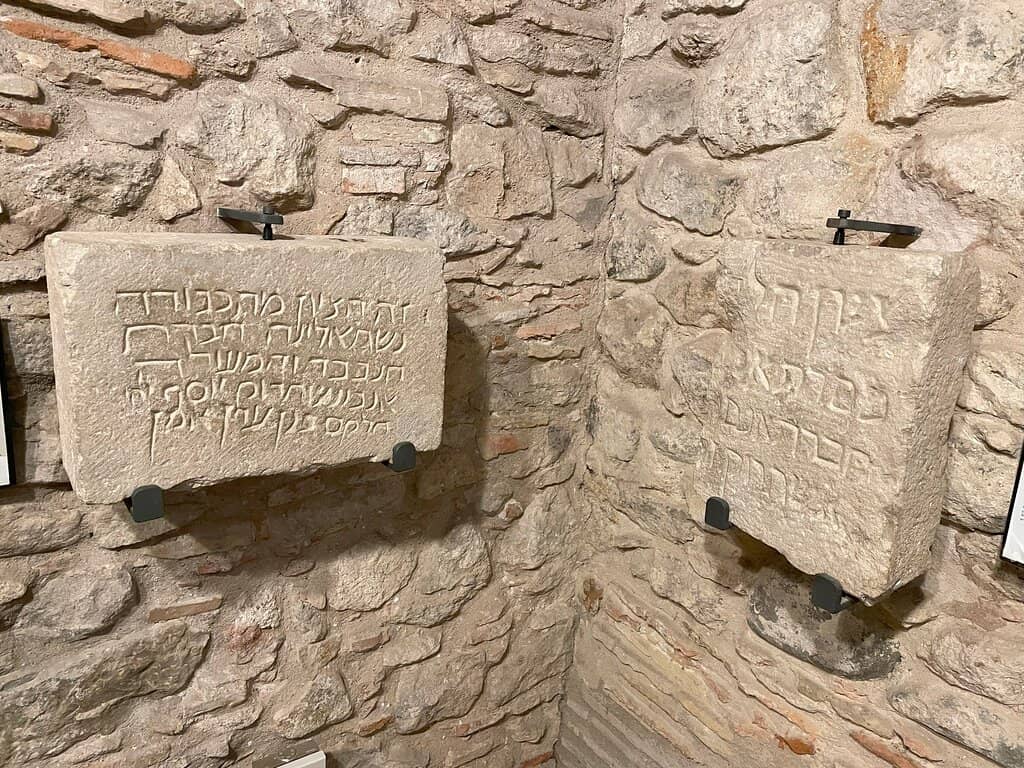
Communal Apartment Setting
Former communal flat
Experience Jewish life in Odessa through personal belongings and ephemera displayed in a former communal apartment.
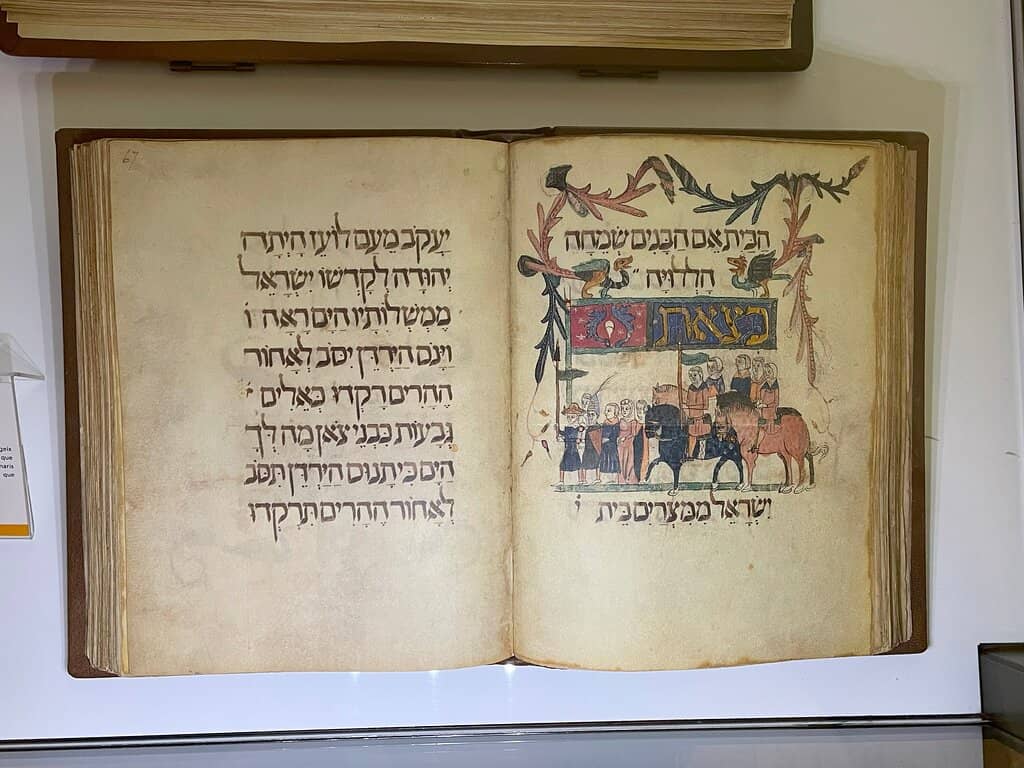
Leonid Utesov's Music
Exhibit area
Hear a victrola play "Dadya (uncle) Ela," a song by renowned Soviet jazz singer Leonid Utesov, a nod to Odessa's Jewish heritage.
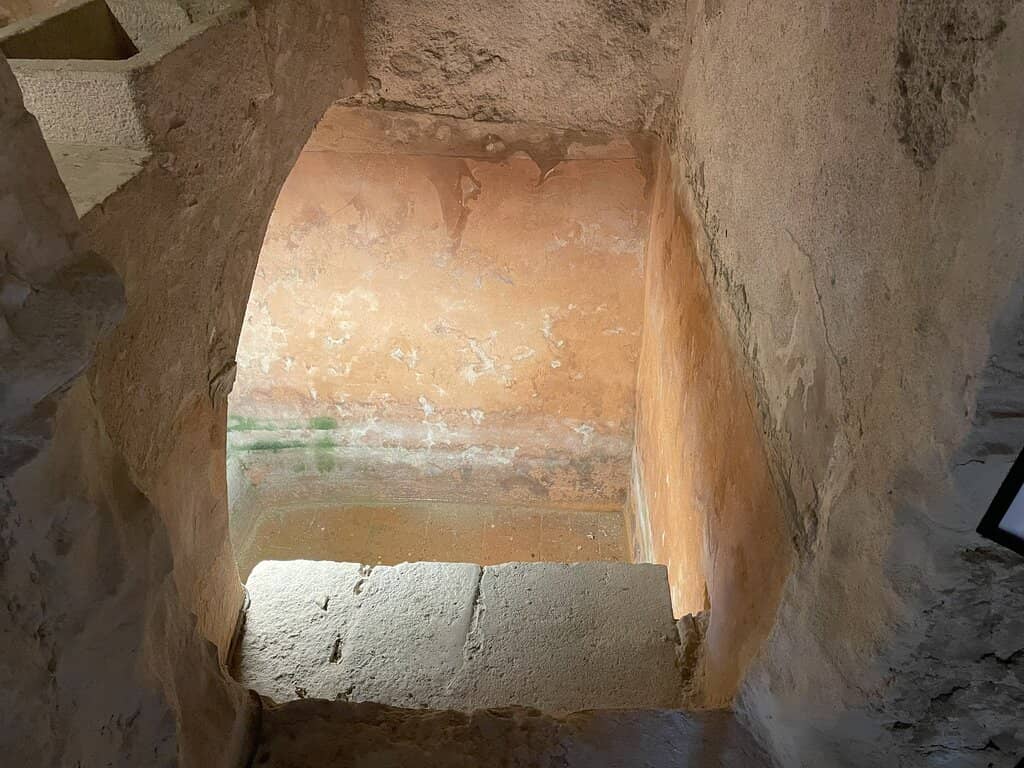
Moving Personal Artifacts
Throughout the museum
Discover a poignant collection of artifacts showcasing the daily lives and multifaceted history of Odessa's Jewish community.
Plans like a pro.
Thinks like you
Planning Your Visit
Finding the Entrance
Donations are Key
Best Times
Insider Tips
from TikTok, Instagram & Reddit
🎯 Look for the Small Sign
The entrance is tricky! Seek a small sign on a door jamb, often only visible from the right approach. :round_pushpin:
💰 Support with Donations
Entrance is often by donation (suggested 100 UAH). Your contribution keeps this vital museum running. :moneybag:
🗣️ Engage with the Guide
The gentleman guide offers a spoken overview that brings the exhibits to life, even with limited English. :speech_balloon:
⏳ Allow for Discovery
It's a small museum, but the personal stories and artifacts are deeply moving. Don't rush your visit. :hourglass:
Tips
from all over the internet
🎯 Look for the Small Sign
The entrance is tricky! Seek a small sign on a door jamb, often only visible from the right approach. :round_pushpin:
💰 Support with Donations
Entrance is often by donation (suggested 100 UAH). Your contribution keeps this vital museum running. :moneybag:
🗣️ Engage with the Guide
The gentleman guide offers a spoken overview that brings the exhibits to life, even with limited English. :speech_balloon:
⏳ Allow for Discovery
It's a small museum, but the personal stories and artifacts are deeply moving. Don't rush your visit. :hourglass:
🤔 Prepare for a Unique Experience
This isn't a large, professional museum. Embrace its intimate, personal feel and the dedication of its staff. :star:
What Travellers Say
Reviews Summary
Visitors find the Jewish Museum Odesa to be a small but deeply moving experience, offering a personal glimpse into the city's rich Jewish heritage through artifacts displayed in a former communal apartment. While the entrance can be tricky to find and the museum is not large, the knowledgeable guides and the poignant nature of the exhibits make it a worthwhile visit for those interested in history and culture.
"Brief but worthwhile little museum in former communal flat. The walls are covered in personal belongings, ephemera, and many other objects connected with Odessa's longstanding Jewish community. It lacks any kind of written narrative linking the many objects but the gentleman guide offers a kind of spoken overview."
Richard Lewis
"This is relatively small but I found the exhibits of artifacts Jewish life in all its facets including those of day to day life to be very moving. This is the product of the efforts of a dedicated staff and shouldn't be compared to larger possibly more "professional" museums which receive government support. There is only a single small sign visible on the street on a door jamb (if this is the proper term for it) which is visible only if you approach it from the right direction. At the entrance stood a woman smoking a cigarette and when we asked her "muzey?" she opened the door which led to a somewhat dilapidated courtyard at the end of which appeared a decently sized sign signaling the museum entrance. We were greeted by a younger man who spoke very little English. There is a sign at the entrance asking for a suggested donation of 100 hryvnias (about $4 US). Soon an older bushy bearded man appeared who explained to us that the museum is situated in what used to be a communal apartment for four families (!). The museum is organized by an association called Migdal set up after the fall of the Soviet Union and dedicated to the rehabilitation of Jewish life in Odessa. He pointed to an old fashioned victrola which he proceeded to crank up and which played the song "Dadya (uncle) Ela" sung by the renowned Soviet jazz singer Leonid Utesov. The song in fact is a Russian translation and takeoff of the traditional Yiddish song "Rebbe Elimelech" whose true identify was masked to fool the authorities who would have disapproved of a song about a rabbi. Utesov was born Laizer Weissbein (please correct if I'm mistaken) and was very famous in his time. There is a statue in the City Park in his honor and a museum in the apartment where he lived. A tape of the song was posted by a different contributor. I tried to upload my video which includes the victrola cranking along with the explanation but they were too long by Google's rules."
david ben-dor
"Was expensive for 4 rooms with objects, 100 hyvra per person. Nothing really special."
Madalina Olteanu
What People Like
What People Dislike
Frequently Asked Questions
🚇 🗺️ Getting There
Finding the museum can be a challenge! Look for a small sign on a door jamb, often only visible from a specific direction. You might need to walk through a courtyard to find the main entrance.
While specific public transport routes aren't detailed, Odesa has a good tram and trolleybus network. It's best to use a local map app to find the closest stops to the museum's general vicinity.
Travelers suggest approaching from the right direction to spot the small sign. Don't be discouraged if the initial courtyard seems uninviting; the museum is at the end.
🎫 🎫 Tickets & Entry
Admission is often based on a suggested donation, typically around 100 UAH (approximately $4 USD) per person. Some visitors have noted it's free but strongly encourage donations.
Advance booking is generally not required. You can usually pay your donation upon arrival.
Specific opening hours can vary, and are not always clearly advertised. It's advisable to visit during typical daytime hours on weekdays when staff are most likely to be present.
The museum's exhibits are personal and historical. While not explicitly a children's museum, older children interested in history might find the artifacts moving.
🎫 🧭 Onsite Experience
The museum features personal belongings, ephemera, and artifacts connected to Odessa's Jewish community, displayed within a former communal apartment.
The museum primarily relies on a spoken overview provided by a guide, rather than extensive written narratives. The guide can offer insights into the exhibits.
Most visitors spend a relatively short amount of time, often less than an hour, due to the museum's size. However, the depth of the exhibits can make it a very impactful visit.
The museum plays "Dadya (uncle) Ela" by Leonid Utesov, a famous Soviet jazz singer born in Odessa. This song is a Russian adaptation of a traditional Yiddish song, highlighting the cultural fusion and history of the Jewish community.
Migdal is an association established after the fall of the Soviet Union, dedicated to the revival and preservation of Jewish life in Odessa. The museum is a product of their efforts.
📸 📸 Photography
Photography policies can vary. It's best to ask the staff upon arrival if photos are permitted, especially without flash, to respect the artifacts and other visitors.
The unique setting of the communal apartment and the personal artifacts offer poignant photographic opportunities. Capturing the atmosphere of the space is often a highlight for visitors.
For Different Travelers
Tailored advice for your travel style
👨👩👧 Families with Kids
It's advisable to prepare children beforehand about the nature of the museum – that it's a place of remembrance and history, and that quiet observation is appreciated. Engaging with the guide can also help make the exhibits more accessible and interesting for younger visitors. The suggested donation is a good opportunity to teach children about supporting cultural heritage.
🚶 Budget Travelers
Be prepared for the challenging entrance, which requires a bit of searching, but the reward is an intimate and meaningful experience. The museum's small size means you won't spend hours there, but the impact of the personal stories and artifacts can be profound, offering great value for the donation.
Deep Dives
In-depth insights and expert knowledge
The History and Mission of the Jewish Museum Odesa
The exhibits are curated with a focus on personal belongings, ephemera, and everyday objects, offering an intimate glimpse into the multifaceted lives of Odessa's Jewish residents. Unlike larger museums, it lacks extensive written narratives, instead relying on the spoken overview of a knowledgeable guide to connect the artifacts and tell the stories they hold. This approach creates a more personal and often more moving experience for visitors, allowing them to connect with the history on a human level.
Despite its small size and sometimes challenging accessibility, the museum plays a crucial role in keeping the memory of Odessa's vibrant Jewish heritage alive. Visitors are encouraged to support the museum through donations, as this is vital for its continued operation and the preservation of these invaluable historical remnants.
Navigating the Museum Experience
Once inside, the museum unfolds within the intimate setting of a former communal apartment. The exhibits are rich with personal artifacts and memorabilia, offering a tangible connection to the past. While there isn't a lot of written text, the guides are a valuable resource, providing a spoken narrative that contextualizes the objects and shares stories of the community. Engaging with the guide can significantly enhance the understanding and emotional impact of the visit.
Given its reliance on donations, visitors are strongly encouraged to contribute generously. This support is crucial for the museum's sustainability and its ability to continue its important work. The experience, though brief, is often described as moving and worthwhile, offering a unique perspective on Jewish history in Odessa that larger institutions might not capture.

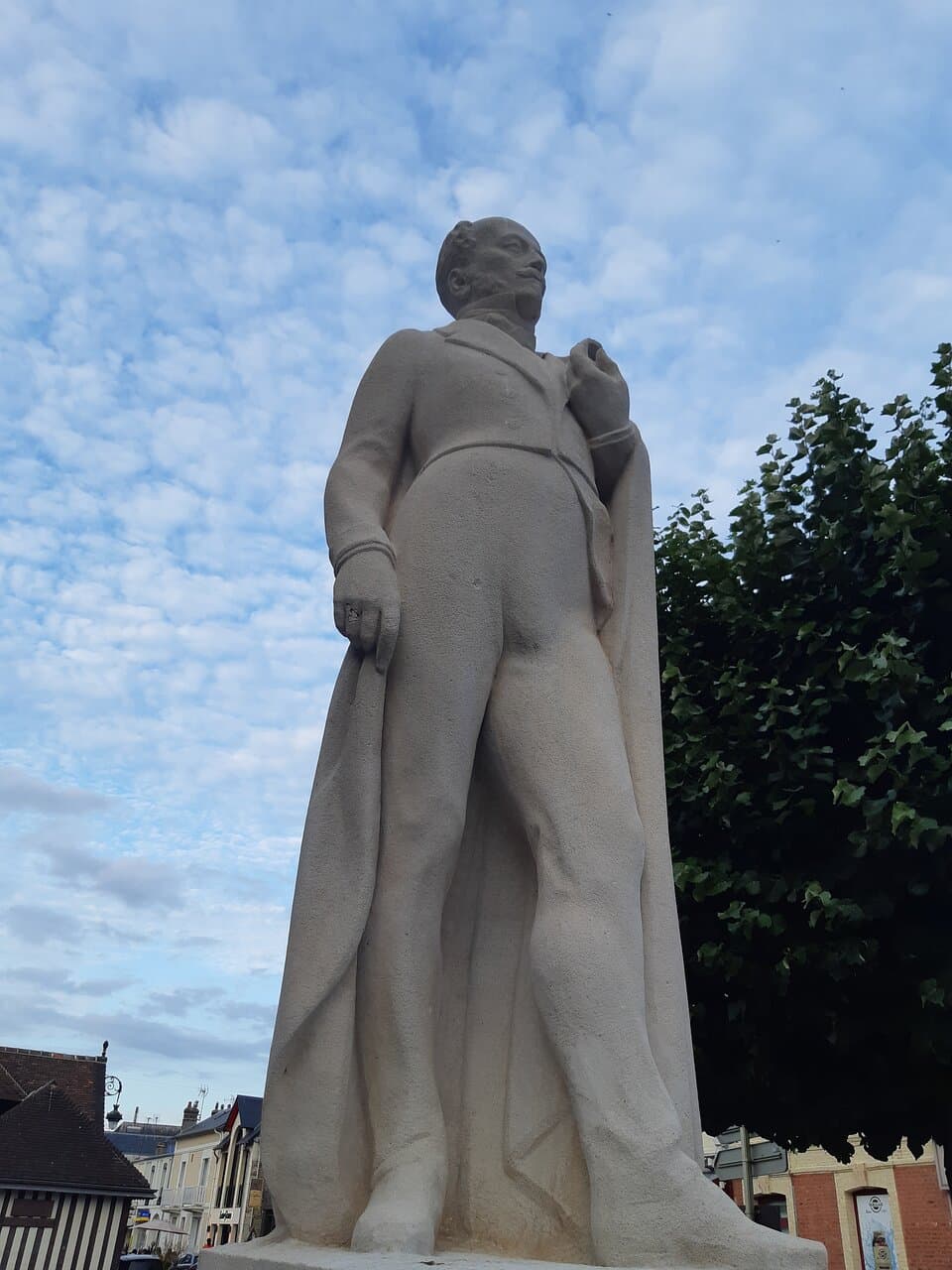
Social
from TikTok, Instagram & Reddit